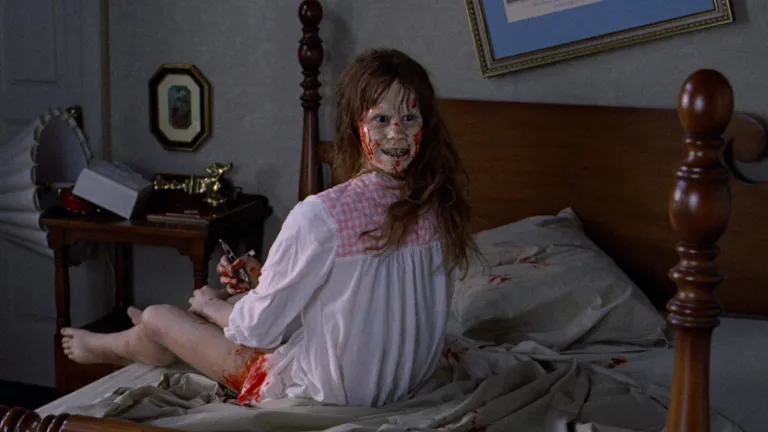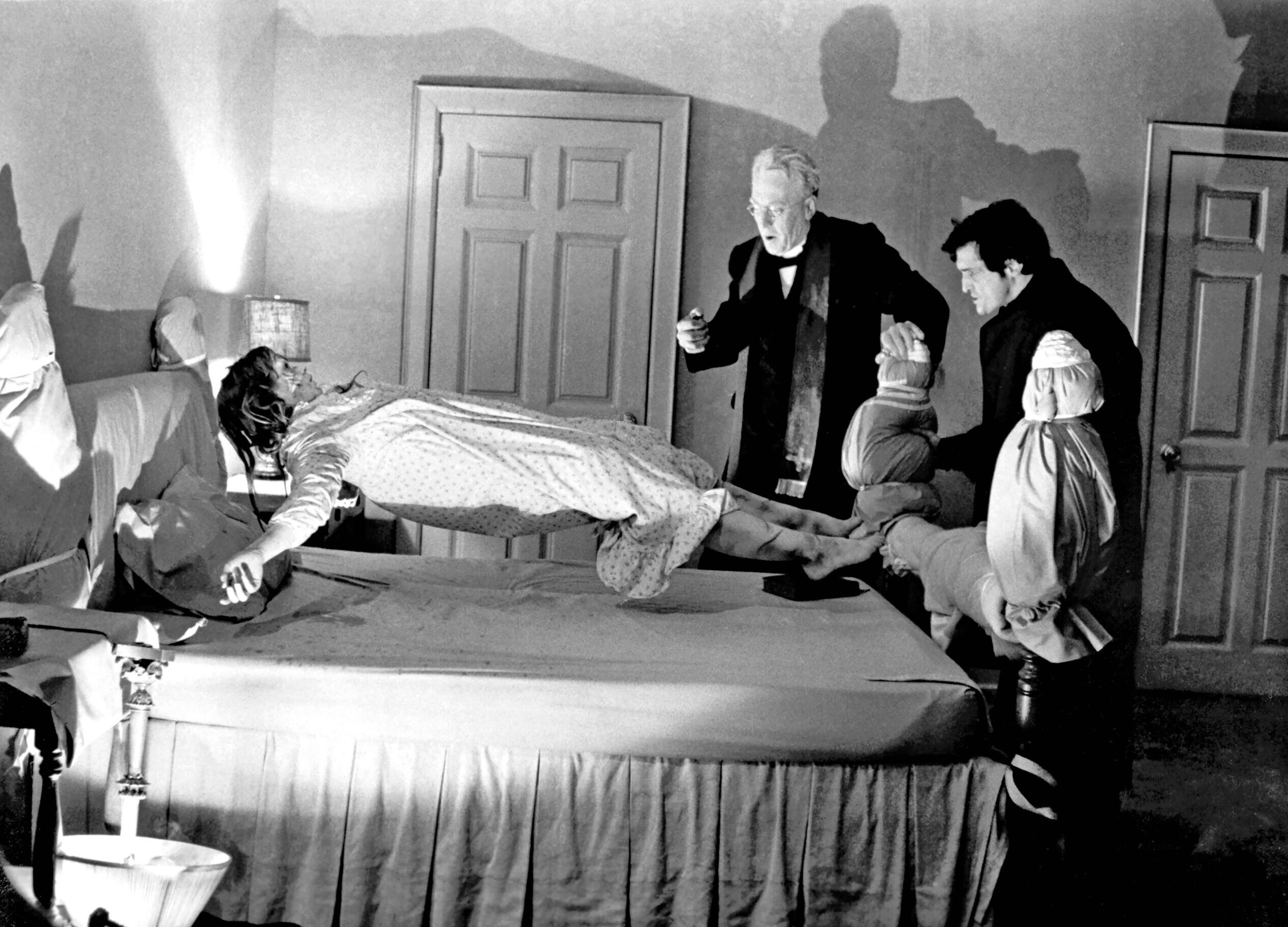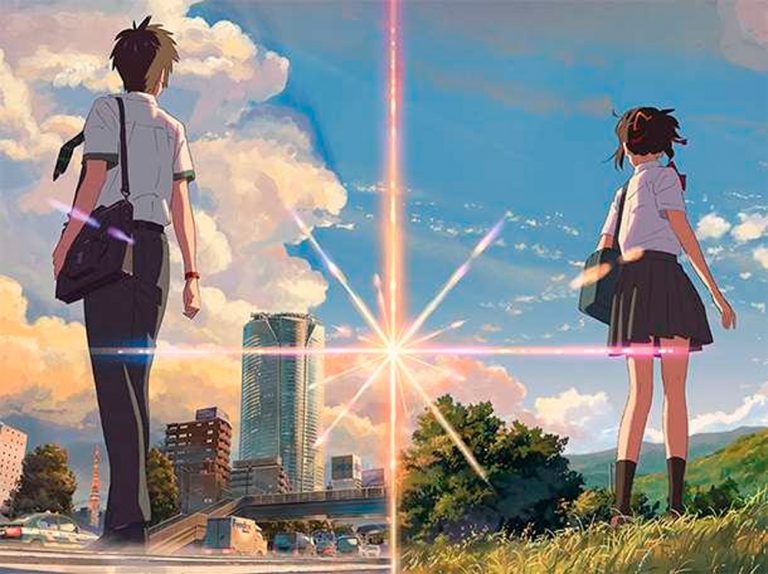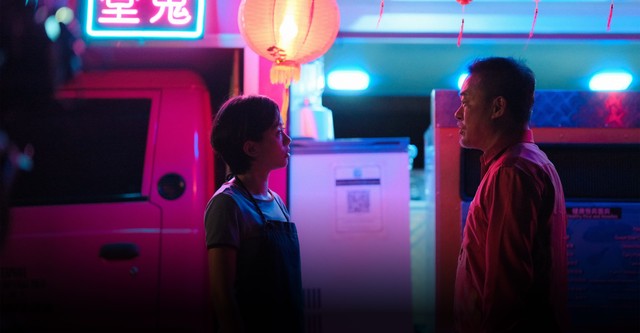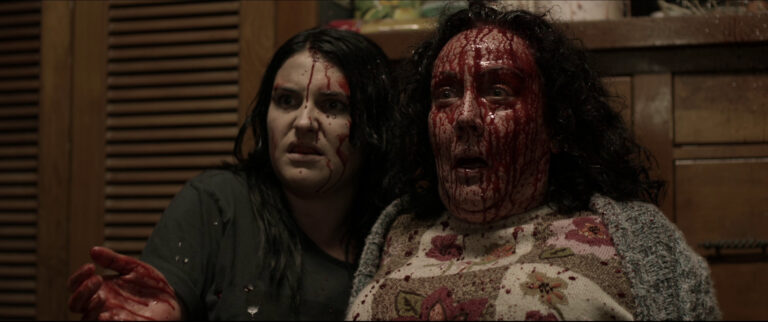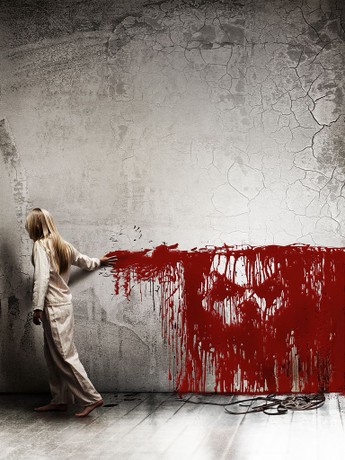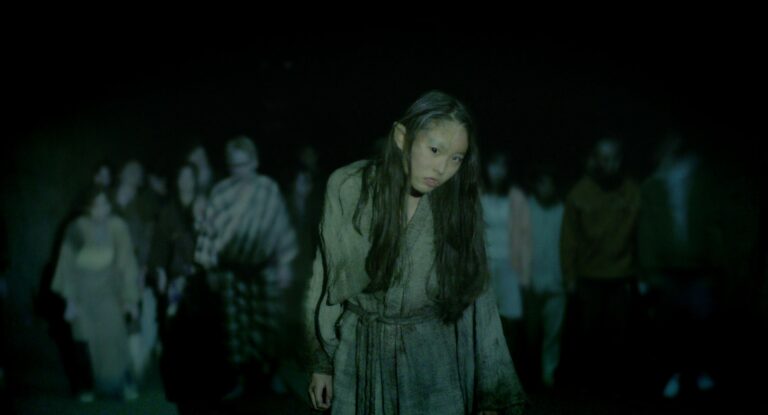Review: The Exorcist (1973)
It’s fair to say that The Exorcist (1973) is the pinnacle of horror films in the possession-supernatural genre. Even today, few films can rival its impact. With rudimentary special effects and makeup far less advanced than modern standards, the film creates an eerie atmosphere without relying on jump scares. Over its two-hour runtime, the demon’s face appears only three times, yet these moments don’t aim to startle like the overused tactics of contemporary horror. Instead, they leave viewers chilled, terrified, and haunted.
Outstanding Storytelling
I’ve watched countless horror films, but few manage to balance compelling storytelling with genuine terror. Most modern horror films, to some extent, lean on predictable jump scares—dark settings, eerie silence, and sudden appearances of demons, ghosts, or killers to shock the audience. For seasoned horror fans who pay close attention, these tricks are all too familiar and lose their edge.
Personally, I’m not a fan of this approach. Jump scares might catch you off guard, but the fear fades quickly once the tension dissipates (though this depends on the viewer’s mindset). Films that avoid jump scares, like The Exorcist, keep audiences in a constant state of dread from start to finish. They focus on story, horror, atmosphere, makeup, and sound. The downside? This style only works if the narrative and terror are strong. Otherwise, it risks feeling overdone and can backfire. Jump scares aren’t inherently bad—they can heighten fear for tense viewers—but they’re not for everyone (myself included).
The Exorcist (1973) masterfully builds a bleak, hopeless, and chilling atmosphere. The demon’s rare appearances (not jump scares) amplify the tension, while the film delves into the psychological states of its characters. Take Father Karras, who grapples with a crisis of faith. He witnesses people abandoning their beliefs, and his mother, his only family, is left alone until she’s hospitalized. Karras considers leaving the priesthood to become a boxer to support her, but her lonely death—without him by her side—haunts him. This guilt lingers until he encounters Regan, a girl in the grip of demonic possession. Initially skeptical, Karras suggests psychiatric care for Regan and performs rituals with a vacant, uncertain expression, questioning whether to continue. Only after witnessing undeniable signs of possession—like Regan’s bed levitating—does he regain his faith. He requests an exorcism from the diocese, meets Father Merrin, and confronts the supernatural. When Merrin dies beside Regan, Karras, in a desperate act, strangles her and demands the demon possess him instead. He then leaps from a window, sacrificing himself. In the aftermath, Father Dyer performs last rites as Karras lies dying, his head bowed as if finally reuniting with his mother. His priesthood left him too poor to care for her, and her death drove him to a point where death felt preferable to living with his pain.
Similarly, Chris MacNeil, Regan’s mother, struggles to accept her daughter’s possession. She clings to normalcy until she witnesses Regan’s bed shaking, her behavior shifting, and her unnatural strength. From a life of ease, Chris watches her daughter curse others, urinate in public, and descend into extreme acts like spinning her head and crawling backward down stairs. This shatters Chris, forcing her to acknowledge a malevolent force. Her journey cements her belief in the spiritual realm.
Lieutenant Kinderman’s investigation into Burke Dennings’ death adds another layer of dread. Suspecting Father Karras and linking the case to Regan, he heightens Chris’s anguish. As a viewer, I shuddered at the thought of the possession being exposed, which would make things unimaginably worse. Chris, already reeling, faces scrutiny after witnessing an open window in Regan’s room, with Sharon admitting she left to buy medicine, leaving Dennings to watch Regan.
The film’s narrative begins with Father Merrin in Iraq, uncovering a demonic artifact—the origin of the possession. In the climax, Merrin and Karras confront a demonic statue as Regan, possessed, points skyward in triumph. Merrin dies of a heart attack, and Karras sacrifices himself to stop the demon. The film subtly conveys a message of losing and rediscovering faith, with sacrifice as the ultimate expression of Catholic belief and a path to salvation.
Slow-Burning but Terrifying Drama
The scariest horror films excel in atmosphere, setting, makeup, and tension. The Exorcist (1973) checks all these boxes, but its drama unfolds slowly, without standout moments of high intensity. Instead, it paints a chilling portrait of a hellish demon through deliberate pacing, showcasing the gradual possession of a child. Her symptoms—unexplained aggression and violence—defy medical diagnosis, leaving science helpless. The film turns to exorcism, a ritual most priests can’t perform without higher approval. The Catholic Church treads carefully, as the line between mental illness and possession is razor-thin, requiring experts like Father Merrin.
While the film lacks overt dramatic peaks, its horror lies in its storytelling, haunting visuals, meticulous makeup, and oppressive atmosphere, all of which evoke dread and fear.
Exceptional Makeup
What I love most about The Exorcist (1973) is its makeup. Modern films often rely on CGI to cut costs and time, but traditional makeup demands hours of effort and specific physical traits (like extreme height or shortness) that CGI can’t replicate authentically. This distinction sets older films apart, and The Exorcist remains a classic not just for its story but for its groundbreaking makeup and chilling vocal effects. Though its ending may not satisfy everyone, its craftsmanship endures.
In Conclusion
Among today’s advanced horror films—bolstered by diverse scripts, global talent, and cutting-edge technology—many outshine older works in production value. Some overuse CGI to the point of feeling artificial, which is why vintage filmmaking often feels more terrifying. A handful of classics, like The Exorcist (1973), stand out amid modern “trash” horror. Its script, makeup, and atmosphere are flawless, save for its age and brief horror scenes (like the head-spinning or the demon’s stair crawl). Despite its 1973 production and technical limitations, The Exorcist remains timeless.

